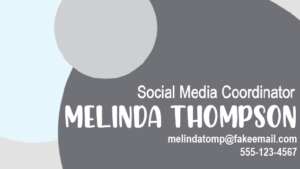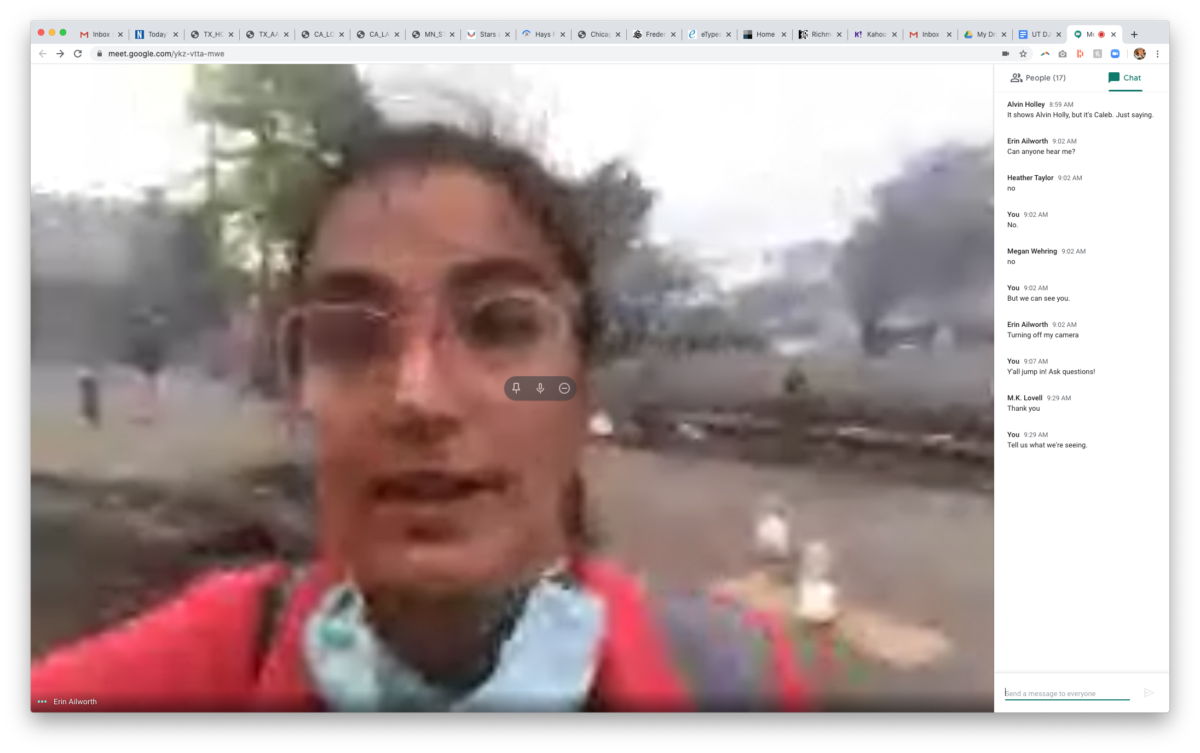Strategies for sustaining student media in times of crisis
By Patti Piburn and Kim Lisagor Bisheff
Abstract
Student reporters in KCPR, using remote technologies, continued producing and broadcasting live news on-air throughout the pandemic and during subsequent disruptions. This qualitative case study examines the remote strategies adopted by the station in the lockdown to determine what should remain, with two goals in mind: keeping broadcast student media going in a future crisis and better equipping journalism graduates. Semi-structured interviews with graduates who were part of the radio news team before, during and after the pandemic reveal that they acquired and refined crucial soft skills during their remote student media experience. The graduates report that their experience equipped them for a “new normal” in the workplace. They described gaining such soft skills as confidence, resilience and adaptability as well as improved organization, communication and collaboration. While in-person reporting is preferred, blending remote work, and the technologies that support it, into student media makes the organization more resilient and better prepares students for transformed newsrooms. Continue reading “Weathering the storm”








 Erin Ailworth, Midwest correspondent for
Erin Ailworth, Midwest correspondent for 

